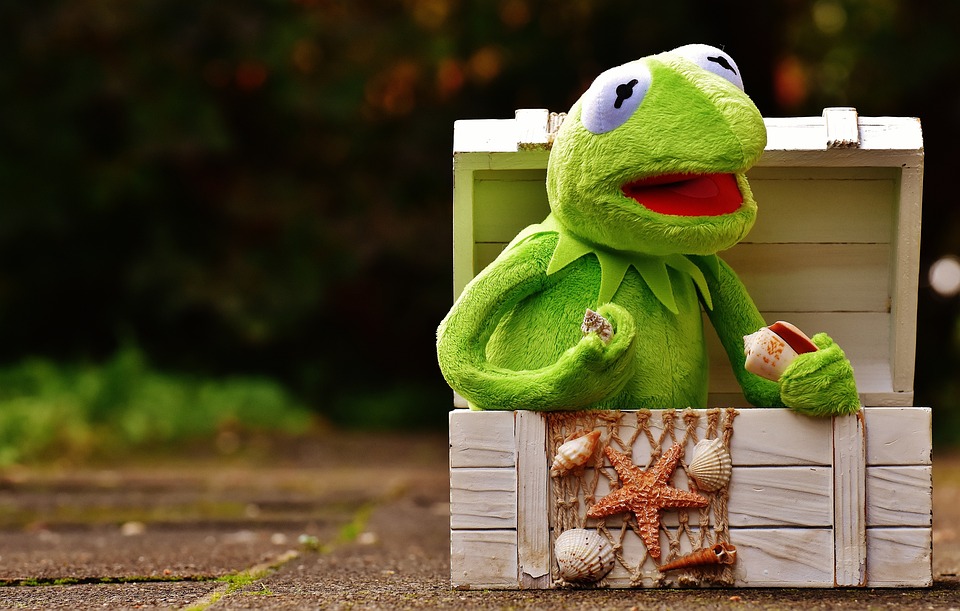Starting a new fish tank is an exciting venture for any beginner aquarium enthusiast. However, before introducing your new finned friends, it is crucial to understand the importance of fish tank cycling. This process is vital to establish a healthy and thriving aquatic ecosystem within your tank. In this beginner’s guide, we will explore the concept of fish tank cycling, its significance, and provide valuable tips to ensure a successful cycling process.
Fish tank cycling refers to the process of establishing beneficial bacteria colonies in the aquarium. These bacteria help convert harmful fish waste, such as ammonia, into less toxic substances like nitrites and nitrates. This conversion is known as the nitrogen cycle, which is essential for maintaining a healthy and stable aquatic environment.
Fish tank cycling plays a crucial role in maintaining the water quality and overall well-being of your fish. Firstly, it helps prevent toxicity by breaking down toxic ammonia produced by fish waste. Without cycling, ammonia levels can quickly rise to dangerous levels, leading to stress, illness, and even death in fish. Secondly, cycling controls nitrite levels. After ammonia is converted into nitrites, another group of beneficial bacteria converts these nitrites into nitrates. Nitrites are also toxic to fish and need to be eliminated. Cycling ensures a sufficient population of bacteria to control nitrite levels and maintain a safe environment for your fish. Lastly, cycling allows the establishment of a balanced ecosystem within your fish tank. Beneficial bacteria not only break down waste but also create a foundation for healthy plant growth and other tank inhabitants. This balance is crucial for the long-term success of your aquarium.
Now that we understand the importance of fish tank cycling, let’s discuss how to cycle your aquarium effectively. There are various methods to cycle a fish tank, including fish-in cycling and fishless cycling. Fish-in cycling involves adding hardy fish to produce ammonia, kickstarting the cycling process. Fishless cycling, on the other hand, uses ammonia sources without adding fish. Research both methods and choose the one that aligns with your preferences and ethical considerations.
Once you’ve chosen a cycling method, monitor the water parameters regularly using a test kit. Initially, the ammonia levels will spike, followed by an increase in nitrites. Eventually, nitrate levels will rise, indicating the completion of the cycling process. This can take several weeks, so patience is key. During the cycling process, it is essential to perform partial water changes to maintain water quality. This helps remove excess ammonia, nitrites, and nitrates, preventing any harm to your fish.
To address common concerns, here are some frequently asked questions about fish tank cycling:
Q1: Can I add fish immediately after setting up a new tank?
A1: It is strongly recommended to cycle your fish tank before adding any fish. Adding fish before the cycling process is complete can result in harmful ammonia and nitrite spikes, endangering the health of your fish.
Q2: How long does the cycling process take?
A2: The cycling process can take anywhere from a few weeks to a couple of months. The duration depends on various factors, including the chosen cycling method, tank size, and water parameters.
Q3: Is fishless cycling more humane than fish-in cycling?
A3: Fishless cycling is generally considered more humane as it avoids subjecting fish to potentially harmful ammonia and nitrite levels. However, if you choose fish-in cycling, opt for hardy fish species that can withstand the cycling process better.
Q4: Are there any signs that indicate the completion of the cycling process?
A4: The completion of the cycling process is usually indicated by a decrease in ammonia and nitrite levels, accompanied by a rise in nitrate levels. Regular water testing will help you monitor these parameters and determine when it is safe to add fish.
In conclusion, fish tank cycling is an essential process for any beginner aquarist. By allowing beneficial bacteria to establish in your tank, you create a stable and healthy environment for your fish to thrive. Remember to be patient, monitor water parameters, and perform partial water changes during the cycling process. With proper cycling, you can enjoy a beautiful and flourishing aquarium that brings joy to both you and your aquatic companions.









